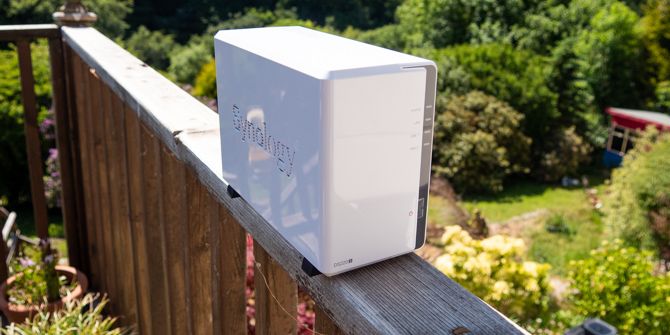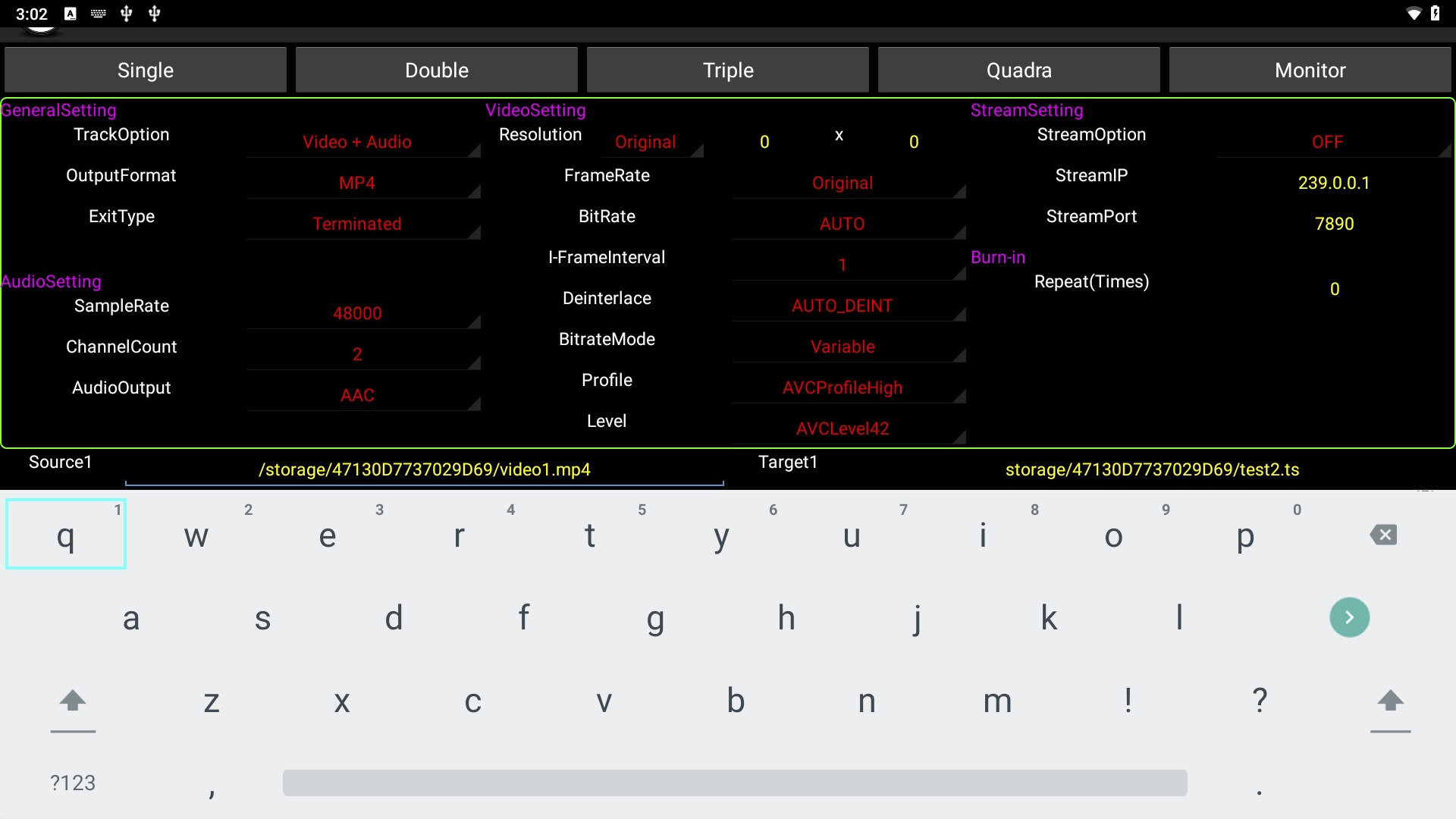- Realtek Transcode Server Software Windows 7
- Realtek Transcode Server Software Free
- Realtek Transcode Server Software Download
- Realtek Transcode Server Software Windows 10
Aug 23, 2018. Realtek HD Audio Driver 5.10.0.7440 for XP/Server 2003 2016-05-15; Newer! Realtek HD Audio Driver 2.74 for 2000/XP/2003 2014-05-14; Newer! Baretail pro license. Realtek HD Audio Driver 2.73 for 2000/XP/Server 2003 2013-11-11. Transcode Server is an application by the software company Realtek. Frequently, computer users choose to erase this application. Sometimes this is difficult because performing this manually requires some knowledge regarding removing Windows applications by hand. If you have installed the Realtek DCH driver (most tech forums called it Realtek UAD drivers) correctly using the (sometimes several) setup.exe files, you will see the following items in the device manager. If you don't have the 3 software components, you installed the drivers incorrectly.
December 5, 2019Live streaming seems simple. After all, anyone with a smartphone can stream to billions of users in a snap. They'll need an internet connection, sure, and some sort of camera. But other than that, social media sites like Instagram and video chat services like FaceTime make it easy.
Right?
Kinda…
These third-party platforms make streaming look effortless, but what occurs in the background is quite complicated. The process requires a substantial digital infrastructure, with streaming media servers at the crux of it all.
Social media also represents an isolated scenario, which means that enabling the same capabilities for professional live streaming requires building your own workflow. Any content distributor going beyond Facebook Live needs a reliable infrastructure solution that can be customized to their use case.
It doesn't matter whether you're building the next live streaming app, expanding your traditional broadcast model to include 24/7 live digital programming, or integrating IP video into an emergency response solution. You need a streaming media server.
Such servers can be deployed on premises, in the cloud, or across a hybrid of the two — and today, broadcasters can leverage both streaming server software and cloud-based services to empower this technology. The important thing is that your streaming server delivers on the three vital components of distributing live streams at scale:
Let's take a look at why each capability matters.
Realtek Transcode Server Software Windows 7

Transmuxing
Transmuxing occurs when a media server ingests the compressed video data and repackages it into a different container format. This allows content distributors to deliver the video using various protocols, without having to manipulate the actual file. Think of transmuxing like converting a word doc into a pdf and vice versa.
This capability is critical for reaching multiple viewers. Because many broadcasters choose to initially compress their stream using an RTMP encoder, repackaging the stream into an HTTP-based format ensures playback on any viewing device.
Today's audiences access video content on Macs, PCs, tablets, mobile phones, smart TVs, streaming media players, set-top boxes, and even gaming consoles. Because there's no hole-in-one delivery standard for playback on all these devices, transmuxing maximizes the potential viewership size. This also enables content distributors to reach users on outdated devices by delivering over legacy streaming protocols.
Transcoding
The second reason why you need a streaming media server is for transcoding. This powerful conversion process helps reach more users, but beyond that, it unlocks the holy grail of high-quality viewer experiences: adaptive bitrate streaming.
Transcoding is an umbrella term for taking a compressed/encoded file and decompressing/decoding it to alter in some way. The manipulated data is then recompressed for delivery. That way, content distributors can transcode the data into a more common codec, transize the video into a lower resolution, and transrate the file into a lower bitrate.
Content distributors can also leverage transcoding to create multiple renditions of a single stream, thereby providing a variety of resolution and bitrate options. This helps deliver high-quality streams to users with outstanding bandwidth and processing power, while also accommodating those lacking in the speed and power department. This is known as adaptive bitrate (ABR) streaming.
It works like this: During the process of transcoding, the server breaks each rendition into segments that are 2-10 seconds in length. Viewers' video players will select whichever version is best suited for the display, processing power, and connectivity available. Plus, as a viewer's signal strength goes from two bars to three, the stream dynamically adjusts to the deliver a superior rendition.
Realtek Transcode Server Software Free
Simulcasting
Another way to expand viewership is simulcasting, which allows content distributors to take one video stream and broadcast it to multiple destinations at the same time — thereby maximizing impact. This helps reach a broader audience, no matter whether viewers are tuning in on YouTube, Facebook, or Periscope.
Live streaming is all about distribution and reaching as many viewers as possible. And streaming media servers deliver the secret sauce to reach any screen globally.

Transmuxing
Transmuxing occurs when a media server ingests the compressed video data and repackages it into a different container format. This allows content distributors to deliver the video using various protocols, without having to manipulate the actual file. Think of transmuxing like converting a word doc into a pdf and vice versa.
This capability is critical for reaching multiple viewers. Because many broadcasters choose to initially compress their stream using an RTMP encoder, repackaging the stream into an HTTP-based format ensures playback on any viewing device.
Today's audiences access video content on Macs, PCs, tablets, mobile phones, smart TVs, streaming media players, set-top boxes, and even gaming consoles. Because there's no hole-in-one delivery standard for playback on all these devices, transmuxing maximizes the potential viewership size. This also enables content distributors to reach users on outdated devices by delivering over legacy streaming protocols.
Transcoding
The second reason why you need a streaming media server is for transcoding. This powerful conversion process helps reach more users, but beyond that, it unlocks the holy grail of high-quality viewer experiences: adaptive bitrate streaming.
Transcoding is an umbrella term for taking a compressed/encoded file and decompressing/decoding it to alter in some way. The manipulated data is then recompressed for delivery. That way, content distributors can transcode the data into a more common codec, transize the video into a lower resolution, and transrate the file into a lower bitrate.
Content distributors can also leverage transcoding to create multiple renditions of a single stream, thereby providing a variety of resolution and bitrate options. This helps deliver high-quality streams to users with outstanding bandwidth and processing power, while also accommodating those lacking in the speed and power department. This is known as adaptive bitrate (ABR) streaming.
It works like this: During the process of transcoding, the server breaks each rendition into segments that are 2-10 seconds in length. Viewers' video players will select whichever version is best suited for the display, processing power, and connectivity available. Plus, as a viewer's signal strength goes from two bars to three, the stream dynamically adjusts to the deliver a superior rendition.
Realtek Transcode Server Software Free
Simulcasting
Another way to expand viewership is simulcasting, which allows content distributors to take one video stream and broadcast it to multiple destinations at the same time — thereby maximizing impact. This helps reach a broader audience, no matter whether viewers are tuning in on YouTube, Facebook, or Periscope.
Live streaming is all about distribution and reaching as many viewers as possible. And streaming media servers deliver the secret sauce to reach any screen globally.
The Best Media Server for Live Streaming
Voted best Media Server by the Streaming Media Reader's Choice Awards, Wowza Streaming Engine supports the three capabilities listed above — as well as several low-latency technologies, security measures, real-time closed captioning, and more.
Streaming Engine can sit in any environment — whether it's a Raspberry Pi, a global network of servers, or our own Wowza Streaming Cloud Service. Unlike turnkey platforms designed strictly for small businesses, our flexible streaming software and services put the power in your hands to grow and evolve. What's more, a streaming media server allows you to go beyond traditional broadcasts and integrate streaming into any product or service.
Need to customize your streaming workflow to support low latency at scale? Great. Architecting a complex environment requiring interactivity? No problem. Looking for the flexibility to grow your business without upgrading providers? Wowza makes it happen.
Realtek Transcode Server Software Download
Discover why you need a streaming media server at the center of your video strategy.
